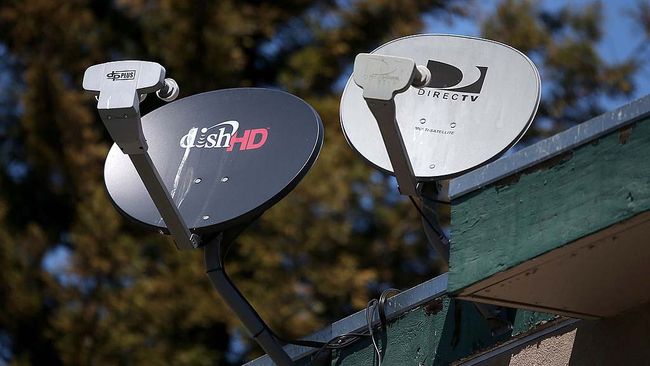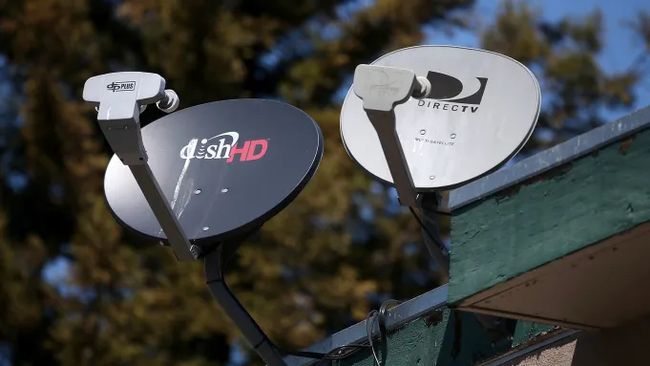After $1.58B Spent on Streaming Tech, Disney+ Faced Issues - What Will Other Services Do?
The brand will survive bugs and buffering, but others may not
Disney+’s Nov. 12 launch was the culmination of a years-long effort by the company to stake out territory in the direct-to-consumer streaming video space. In the lead up to launch day, media coverage centered on Disney’s deep library and new, original content. On launch day, that content still got plenty of attention, but many viewers were looking at a screen that said they were “unable to connect,” at least temporarily.

That Disney suffered a technological setback is no surprise, considering all of the heavy lifting required to successfully launch a streaming service. But Disney’s big streaming debut might have gone much worse had the company not spent $1.58 billion to acquire a majority stake in the streaming technology company BAMTech (now known as Disney Streaming Services) two years ago.
Amid expectations that the streaming wars will get bloody, Disney spent a great deal of money to mitigate the risk of an error-filled launch. Had Disney instead decided to build its streaming infracture entirely on its own, rather than acquire and use BAMTech, then things would have been much worse at launch. Disney+ would likely be facing much more public outcry, and very few headlines about how it “over delivers.”
As the streaming market gets crowded, more and more services are going to assess their underlying technology and test their tolerance for risk. The current M&A landscape shows that many streaming platforms are looking hard at their technology and assessing whether to build features and technology or buy existing products, and it may forecast more acquisitions within the streaming industry in the very near future.
Here are the five key areas where services will look to potentially buy if they can’t build a satisfactory solution on their own.
Advertising Video will account for roughly half of the digital advertising that is sold programmatically this year. To position itself for that potential ad revenue windfall, Roku recently shelled out $150 million for DataXu, an advertising technology platform that helps advertisers access digital ad inventory. Through DataXu, Roku is getting as close as possible to the brands and agencies looking to buy inventory across Roku’s ad-supported VOD channels.
Clearly, Roku felt that spending $150 million was less risky than trying to navigate the advertising market on their own as more viewers cut the cord and switch to video on demand. With the VOD ad market continuing to grow, expect others to follow suit.
Programming This is the no-brainer of the streaming space. One big reason Disney+ has garnered positive reviews is that it hosts lots of content from Fox, following Disney’s $71 billion deal earlier this year. Mega deals like that aren’t likely, but we’ll still see plenty of sales of content libraries and negotiations around rights deals. At the same time, a rise in ad-supported VOD services, like Tubi and Pluto TV, will create a new market for content rights holders to syndicate their entertainment assets to other services.
Delivery Analysts are declaring that “churn will kill” in the streaming wars. Disney bet on BAMTech to ensure bad delivery wouldn’t harm the user experience and contribute to churn, and is likely thankful that it did so. Other services need to do everything to eliminate friction and ensure they have the infrastructure to deliver their content. Disney’s competition monitored the launch, and they’ll all likely assess their technology layers right now, trying to determine if they can keep going with what they have, or if they need to buy to ensure their systems don’t crash.
Discovery Having great content is paramount, but viewers must be able to find it. This is concerning, because 59% of viewers already get frustrated when they can’t find a specific show or movie. Among Disney+’s less talked about bugs is a less than ideal search function. With hundreds of millions of dollars invested in production costs VOD providers can’t run the risk of viewers never finding the content. They’ll likely invest heavily in building out their user interfaces and search tools to ensure that content is easy to find, or buy up other companies that have developed top-of-the-line recommendation engines and algorithms.
Mobile The streaming wars will be fought on the home TV set, but the battle will rage on mobile as well, especially as viewers spend more time on their devices than watching TV. The Disney+ app has already been downloaded 3.2 million times, showing that viewers want to watch this content on the go. Some streaming services are laser-focused on mobile viewing, but others are starting on the big screen and working their way toward a mobile strategy. As a result, mobile technology may become one of the hottest areas of M&A activity, as services try to ensure they can mimic their living room viewing experience on the small screen.
AT&T’s recent ad campaign was built around the line, “just OK is not OK,” and most streaming services are adopting that mindset now. Increased competition in the streaming space will bring increased risk to those with merely “OK” infrastructure, programming, discoverability, mobile platforms and ad technology. This risk will in turn drive more investment and M&A activity, especially for those services that lack Disney’s brand recognition.
Penthera is a global software company that develops and deploys products to help OTT providers improve the mobile video experience and drive business results.
NEXT TV NEWSLETTER
The smarter way to stay on top of the streaming and OTT industry. Sign up below.
President, Penthera



